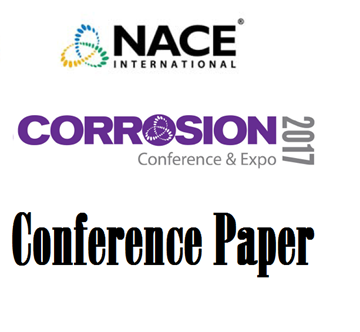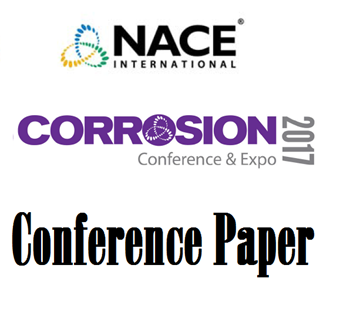Search
51315-5456-Corrosion Evaluation of Ni-Cr-Mo Alloys in Acidic Solutions
Also Purchased
51315-5430-Corrosion of Ni-based Alloys and Stainless Steels in Mixed Acids and Salts—Experimental and Modeling Results
Product Number:
51315-5430-SG
ISBN:
5430 2015 CP
Publication Date:
2015
$0.00
51317--9639-The Performance of Corrosion Resistant Ni-Cr-Mo Alloys in Concentrated Hydrochloric Acid
Product Number:
51317--9639-SG
ISBN:
9639 2017 CP
Publication Date:
2017
$20.00
Uniform and Localized Corrosion Study of Base Material and Welds of Ni-Cr-Mo (W) Alloys
Product Number:
51317--9406-SG
ISBN:
9406 2017 CP
Publication Date:
2017
$20.00




